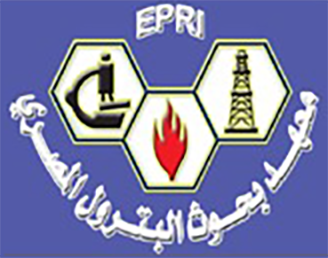Article Type
Research Paper
Abstract
This study delves into the consequences of introducing diverse donor group substitutions into the molecular framework of 1,3,4-thiadiazole, with the primary objective of augmenting optical and electronic attributes to improve the effectiveness of sensitizer dye for solar cells (DSSCs). The current investigation centers on the examination of novel azo disperse dyes generated through the diazotization of bis(2-amino-1,3,4-thiadiazolyl) attached with benzene in para position followed by coupling with various amines (approximately 3 distinct dyes). The primary focus is on the influence of these donor group substituents on the optimization of optical and electronic properties for DSSC applications. These newly devised dyes incorporate 1,3,4-thiadiazole as an electron acceptor. This research examines how the dye compositions, molecular structure, photophysical and electrochemical properties, and the fabrication process of DSSCs affect each other. All the molecular structures have higher oxidation potentials in the ground state than I−/I−3 and lower oxidation potentials in the excited state than the semiconductor’s conduction band edge. The best performance among the DSSCs is achieved with dye 16, which has a fill factor (FF) of 55.6, a open-circuit voltage (VOC) of 449.4 mV, a short-circuit current density (JSC) of 1.845 mA/cm², a maximum power output (Pmax) of 0.04149 mW, and the highest efficiency (η) at 0.46%.
Keywords
Photovoltaic performance; DFT; thiadiazole; DSSCs fabrication; electrochemical Properties
Recommended Citation
Alahl, Amr. A. Sayed
(2024)
"Effect of different donor group substituents on 1,3,4-thiadiazole, optical properties and electronic properties optimization for dye‑sensitized solar cells: design, characterization, molecular structure, and DSSC fabrications,"
Egyptian Journal of Petroleum: Vol. 33
:
Iss.
1
, Article 11.
Available at: https://doi.org/10.62593/2090-2468.1017
Creative Commons License

This work is licensed under a Creative Commons Attribution-NonCommercial-No Derivative Works 4.0 International License.






